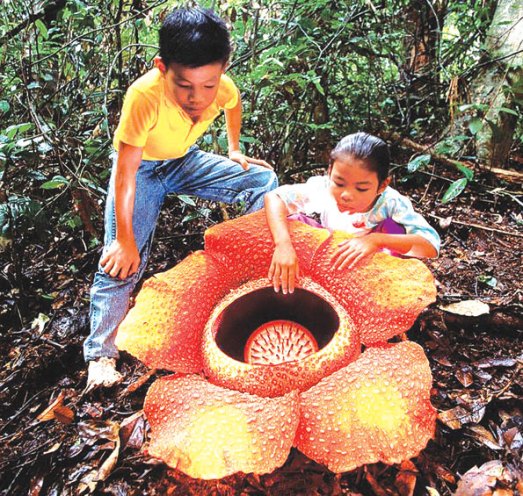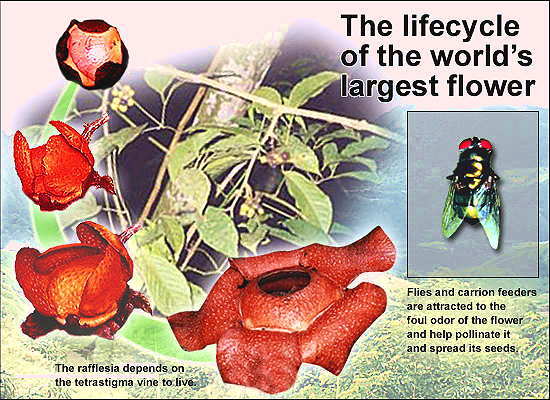Plants are the primary producers of the ecosystems on Earth. However, the alarming decline in plant diversity due to wide scale destruction of natural habitats had initiated conservationists, researchers, and scientists to study plant restoration and recovery extensively. Hence, restoration and recovery of disturbed habitats has become a priority to prevent further loss of ecosystems. Fortunately, there are two broad methods of conservation that are utilized to protect and conserve species: in situ conservation and ex situ conservation. In situ conservation is the process of conserving species within their natural habitat. On the other hand, ex situ conservation utilize the removal of species from its natural habitat to protect plant population from the dangers within their natural habitat that may cause genetic deterioration or physical destruction. Seed banks, a form of ex situ conservation, utilize static genetic conservation that allows for the opportunity to retain their structure, as well as prevent genetic loss of the original population.

Samples of plant species within seed banks are collected and utilized for research and education, material resource for habitat restoration and management, and for the reintroduction and reinforcement of plant species into their natural habitat. Seed banks provide a continuous supply of reproductive material. In order for them to remain viable, the seeds must be stored in low moisture and low temperature conditions (Figure 1).

Figure 1. The critical moisture contents for various seeds. Seeds maintain viability when dried to 5% moisture content and stored at -20º C within the seed bank condition.
A habitat may be disturbed due to a variety of causes, such as invasive species, diseases and pathogens, direct human activity, or climate change. Therefore, it is vital for the seeds of vulnerable plants to be collected for two main reasons. Firstly, it is important to study the species and obtain valuable information regarding how the plants may be stressed due to the disturbance, and examine methods to possibly increase their tolerance or quality so progeny are more suited for the environment. Secondly, any seeds that are collected and are viable provide the opportunity to be replanted if necessary. Typically, seed banks are used complementary to attempts made to recover a habitat directly in the field. Sustainability within the habitat is based on returning abiotic factors such as water pH or soil quality, and biotic factors such as overgrazing, to conditions that are naturally occurring. Restoration and recovery of habitat through seed banks attempts to provide a longer term goal to conserve both genetic diversity, and biodiversity. Together, these two methods provide the greatest likelihood for recovery.

More can be done in order to increase the effectiveness of seed banks in use today. A study on shrub species Lambertia echinate illustrated that upon germination of seeds collected from seed banks, seed survival decreases over time (Figure 2). This indicated that seed banks must shift from being “stamp-collections” of species to a collection that can deliver seeds ready for restoration at scale that exceeds a metric ton.

Figure 2. Mortality rate over growth stages for Lambertia echinate during experimental translocation (Guerrant et al, 2004).
Unfortunately, no seed banks can be found within Glendon Campus at York University. However, implementing a seed bank would be extremely advantageous, as any efforts made to preserve genetic diversity and maintain collections of specimens are useful for future implementation and restoration projects. For example, the Royal Botanical Gardens in Burlington, Ontario, has put together various restoration programs that aim to restore both terrestrial and wetland habitats, and reverse any harm that has been done to their ecosystems. Canadian protected areas agencies work with gardens such as these to implement effective and efficient principles for restoration and recovery. In conclusion, seed banks can be used for industry and community-based restoration initiatives that take into account traditional ecological knowledge.

Resources
Ex situ plant conservation supporting species survival in the wild.
The role of the seed bank in recovery of temperate heath and blanket bog following wildfires.
The science and economics of ex situ plant conservation.
Restoration seed banks, a matter of scale.













